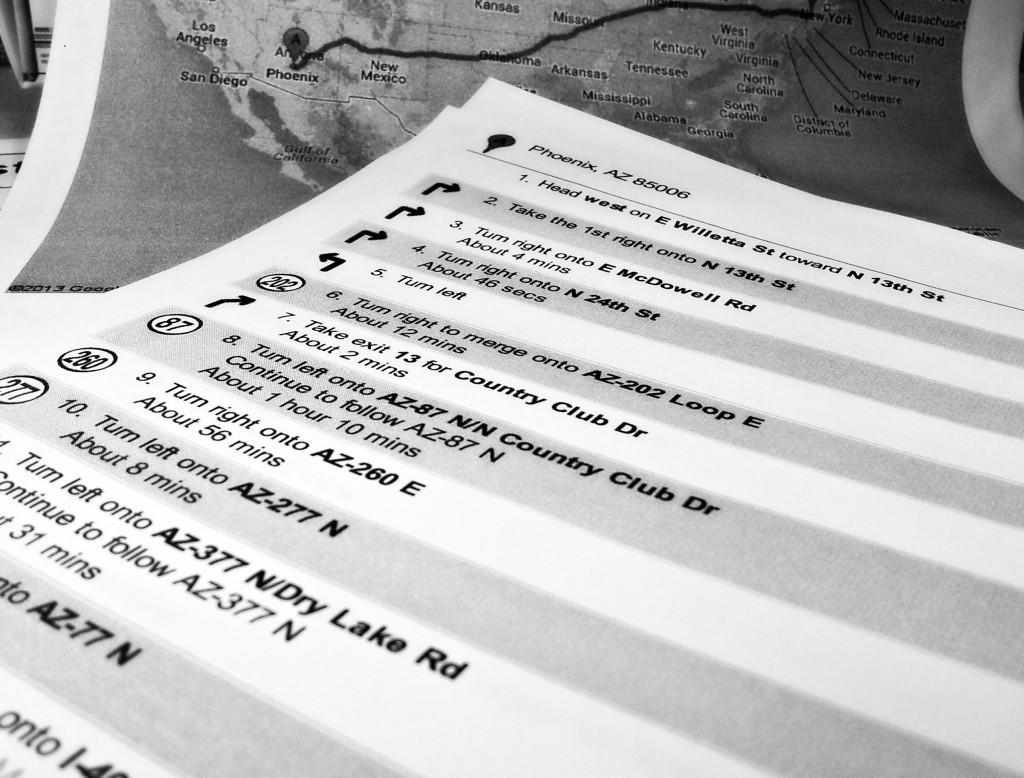The old girl may have carried you across the country on that most memorable road trip and shuttled the kids through their childhoods, but when she’s too worn out to go much further, you’re faced with a difficult decision. Do you sell her? Donate her? Break her down into scrap? Or maybe you trade her in and find a new ride.
It really depends on the value of the vehicle and what you would like in return for all those miles of personal memories. The bottom line is that you have an aging vehicle with some type of value to be assessed.
Sell it or trade it in?
First, check the Blue Book price of your old car online. You might be surprised how much it’s worth in a straight-up sale or for a trade at a dealership. Sites like KBB.com will help you find offers, place ads for your sale, and locate other resources to make sure you get the best price possible. The Blue Book is the standard for pricing used cars. It will provide you with the confidence to know what your car is worth on the market.
Depending on the condition of your car, you may want to trade it in. Edmunds.com helps you do so efficiently. The car info site suggests weighing the possible costs of fixing up the car with the potential trade in value as-is. Is it worth it? It depends on if you’re a car person or not. If you’re confident under the hood, or have a trustworthy mechanic, maybe you can get another 30,000 miles out of your vehicle. If not, you ought to consider timing that trade to maximize your value.
Once you have done your research, check out car dealerships online to get a better idea of what cars are available locally and how they are priced.
Donations and other options
If you don’t need the trade-in value on your new purchase, you might consider donating your vehicle to a non-profit organization as a tax-deductible donation. Options include donating to National Public Radio to help fund commercial-free local journalism, or to the Make a Wish Foundation to help fulfill the dreams of sick or terminally ill children. Regardless of your choice, you reduce your tax liability.
Of course, if you have a real jalopy on your hands — you may just want to bring her down to the scrapyard and see if you can get a few hundred bucks for her. But that’s a last resort.
Whether you’re trading it in or selling it outright, your vehicle is worth something. Once you figure out what that value is, you can use that money toward a new vehicle or toward some other financial benefit.


